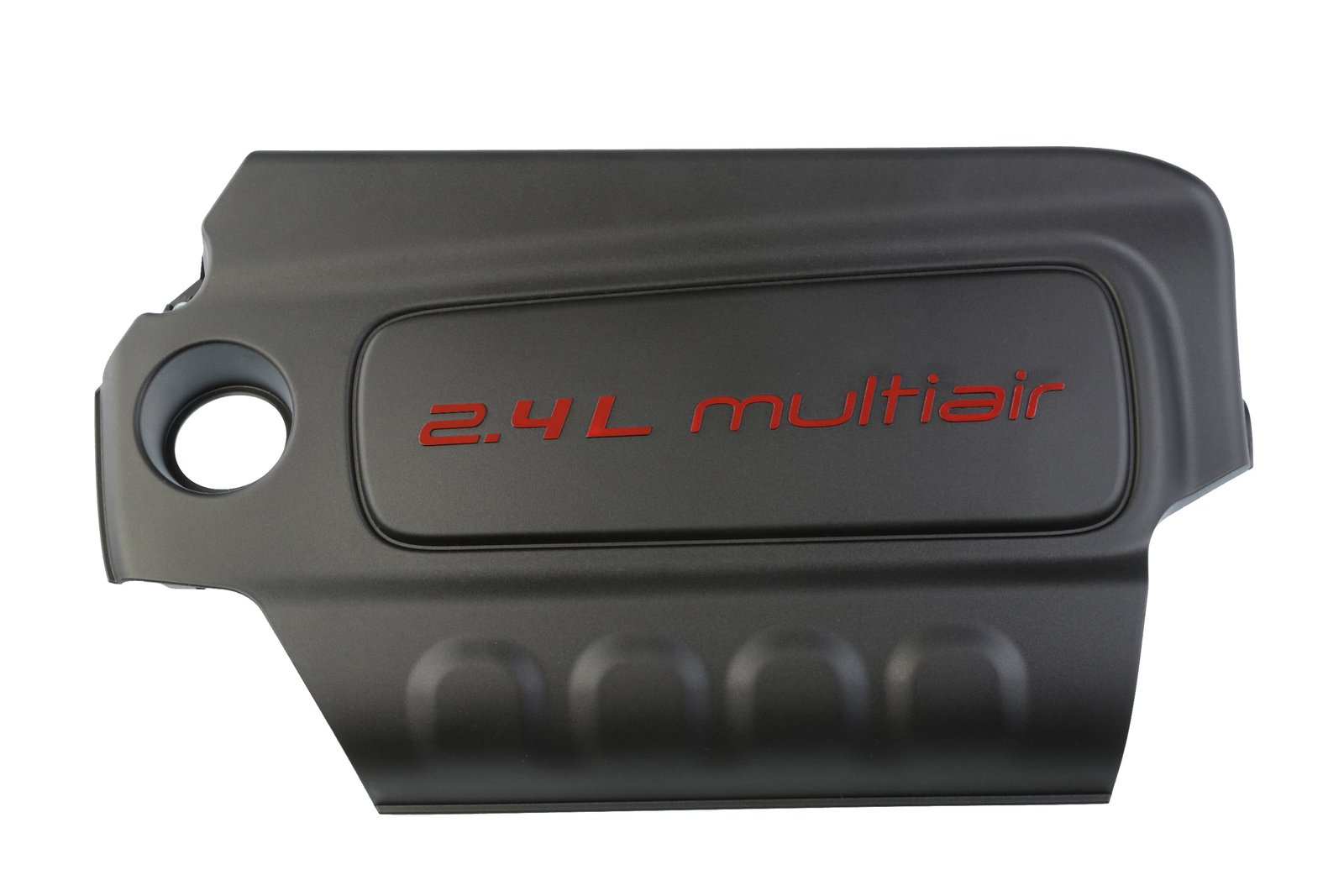Our blog
From heavy boulders to thin fibers: that’s the challenge towards car lightening. Are you up to the change
From heavy boulders to thin fibers: that’s the challenge towards car lightening. Are you up to the change
From heavy boulders to thin fibers: that’s the challenge towards car lightening. Are you up to the change
Horizon 2020 is approaching, and as an axe is about to swoop in the automotive industry. The European program has ruled precise targets for automotive companies: reducing car’s weight, to achieve a polluting emission reduction and a more sustainable world.
Are you on it? Here are a few solutions…
The new year is rapidly approaching and the circle is about to be closed.
I must say that this is one of the most hectic and, at the same time, inspiring moments of the year. It is a period in which we seek, my staff and I, to gather ideas, take stock of the situation, look back and reach out all has been done together over the year.
Looking backwards, but facing the future, we exchanged views about the path our sector must steer. Also and above all, in view of Horizon 2020 program. We have identified few key issues which apply to all our field companies and are important for well understanding what will happen in the immediate future.
I want to share with you the main items we have focused on. An opportunity to discuss common themes, how’s that?
Let’s start…
-
Two parallel realities that must cooperate, in order to continue building cars, in compliance with sustainable growth.
We assume that the “macro” goal is to make these two realities – environmental sustainability and energy efficiency – reliant on each other.
Two aspects that should go hand-in-hand, for actually continue producing vehicles, respecting the environment and reducing the impact on our planet.
How to make future cars more efficient and more environment-friendly?

-
Using recycled material as regards environmental sustainability:
You will agree with me in stating that today, our researchers are focused on studying sturdier cars, lighter and therefore less polluting at once.
The challenge for sustainability is precisely to reduce the weight of vehicles – all vehicles – cutting consumption and emissions.
Investments to achieve all these goals are more than one.
Let me give you a situation that I stumbled across doing research.
In the US a nonprofit tech-incubator has been founded.
It is an organization providing cutting-edge support to companies, making available 150 million dollars; yes you’ve read right, 150 m-i-l-l-i-o-n-s, for R&D related to mass minimization in the Construction of Vehicles.
Such an incredible incentive for companies, that, on the one hand want to meet market requirements, but on the other, they want to use sustainable practices.
-
Bonding Plastics and Carbon: synonymous with lightness

To the point of our challenge, one of the recycled materials we are aiming for is Preox, combined with plastics. I feel this is the automotive industry future, because it’s a winning match, with so many benefits.
Below I report some of those came to light during numerous brainstorming with my staff:
✔ Resistance and mechanical properties:
Preoxs and plastics joined together, precisely because of their chemical structure, are highly resistant and, at the same time, provide good shock absorption. That is not small thing for car’s safety!
✔ Weight reduction:
Preox reinforced plastics can reduce car’s weight to half and improve efficiency by almost 35%.
✔ Versatility and aesthetic outcome:
As well as aluminum, carbon combined with plastic lends itself to be used in every car type, or nearly. In fact, bonding the two elements can be used in chassis, in mechanical components, in engine parts, in transmission, and above all – so attractive to us who work with interior components – for coating car interior parts.
In addition, it can be used for modeling doors, dashboards, vaults, central consoles and seats.
You know that the tipping point hampering attainment of the goals is production costs.
The Preox costs about 70 euros per kilo towards 6 euro for heavy steel.
However, we are all working to get us over the hump and level out costs, with a view to sustainability and innovation.
-
Blowing agents as a reducing weight solution:
Blowing, as you know, is an effective process that modifies the starting polymer weight density and provide us with the possibility to obtain lighter materials.
This technique is a real treat since it allows thermal and acoustic insulation and, most of all, the final result obtained is a lightened structure.
Blowing is an ally because it solves weight issues, but does not compromise quality.
I guess you agree with me: lightening yes, but without compromising the product’s quality.
-
All in one systems, combining different technologies in one process.
This is the point of major importance to me, because it represents the main test for SAPA, getting out there.
We are concentrating all our efforts in this field, together with our engineers.
All in one systems allow us to incorporate in one act, in a single machinery, in 4 seconds and with the supervision of a single worker only, the work that would be accomplished in 4 different processes, with several machines, in more time and in presence of more workers.
The ability to set up more stages, in one and only process, don’t you agree?
If we could bring all the automation on such a high level, in all industry, then we would really be able to create more sustainable and at the same time extremely innovative companies.
-
Cover engine with SAPA Inside™: the revolutionary Engine Beauty Cover™

Engine Beauty Cover with SAPA Inside™
It is proud to me to talk about it, because we hit a target that really made a difference: it’s just recently created, our Engine Beauty Cover with SAPA Inside ™.
SAPA Inside ™ is our patent for processes of different product applications.
The recently developed system concerns the production of our Engine Beauty Cover ™: The result we achieved is molding a plastic part and a part in polyurethane foam, in 60 seconds, in a single solution.
Why do I talk about revolution?
Because in the past, this process was carried out manually, in double time.
Think about saving and cutting cost as a result, always achieving higher quality and tighter control than before.
Without this patent, the possibility of human error – for this specific process – is very high. This results in risk of wasting raw materials, diminishing the productivity, and automatically decreasing the process control ability.
Another critical matter is the elimination of transport costs.
Today, without Engine Beauty Cover with SAPA Inside ™, this process would be carried out in at least two different factories.
With our patent this process is carried out in a single production site, in one factory only. The shipping cost is precisely zero.
These results speak for themselves, and I believe that keep working on this will mean changing our sector’s future for the better.
-
SAPA Inside ™: a project in line with Horizon 2020 targets
Our patent is perfectly in line with Horizon 2020 requirements. Our idea is based on the same principles set by the European project for its targets:
✔ Smart growth
✔ Sustainable growth
✔ Inclusive growth
In fact, we have been emphasizing innovation with strong focus on environmental impact, reducing our components weight, using recyclable materials and cutting costs.

Engine Beauty Cover with SAPA Inside™
If you want to further explore the topic, and would like to receive a technical review, write to customercare@sapagroup.it, one of SAPA Genius will contact you within 24 hours.
-
Derivations from natural materials: lower cost and higher performance.
Natural materials, when well thought out, can be of high benefit.
I always tell you about our experience, since it is my personal one, and I enjoy sharing it with you.
SAPA is currently studying hemp as a natural substitute material.
Hemp itself already guarantees 10% of cutting cost, BUT – pay attention – it has the same mechanical performance as aluminum and standard metals.
Like us, many other realities are focusing on testing hemp’s use, because we all raise the same question:
What would happen if natural fibers would be used instead of metals and aluminum?
The answer is our challenge’s solution: we would get lighter components. The cost would be lower, the density as well, and at the same time we would obtain high quality components.
-
Metal components replacement, in the powertrain area, with high performance polyamide.
Until recently polyamide with resistance over 200 degrees Celsius, for 1000 hours in continuous operation didn’t exist.
Today, yes.
What has enabled this success to be achieved? The non-stop research and the focus on micro areas, of course!
-
Focusing on where Giants do not look
All the approaches presented have been a great point of comparison for us in SAPA; they are valid in different situations and provide answers for issues needing a revolution. Now, more than ever.
Talking with our engineers I realize that often the solution is right under the nose, and it is not seen.
We are in fact gathering and directing the energy, research and study towards the enhancement and discovery of car components often ignored.
But in reality they represent the starting point for ensuring the entire car with more efficiency and high standards and at the same time being lighter and more sustainable.
The strength of our projects comes from this. We get out the car’s value from components that are usually not considered at all.
Looking for the good in every little single aspect, even if at the beginning it sounds trite and obvious.
Focusing deeply on specific production processes.
Dwell on the subject, deepen and get to the root of the problem.
That is all what we are aiming for.
I can’t tell you if we’re all ready by 2020 and if we can really revolutionize the automotive industry.
One thing I do know: one step at a time, the results are coming in.
And that is the right way forward.
If you want to further explore all solutions we are developing for you, in line with Horizon 2020 and reach that date ready and without worrying, write now to customercare@sapagroup.it, one of SAPA Genius will contact you within 24 hours.
Want to learn more about our one-shot® method and find out how you too can get lighter components and lower emissions?
Let's evaluate together the application of the one-shot® method to the project you are working on. fill out the form below, you will be contacted within 24 hours!
